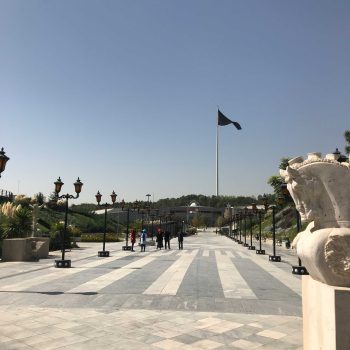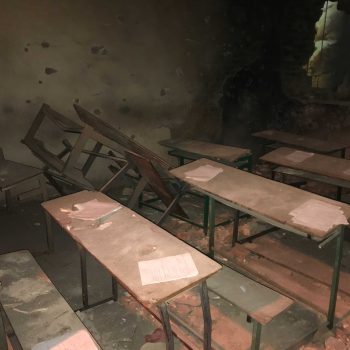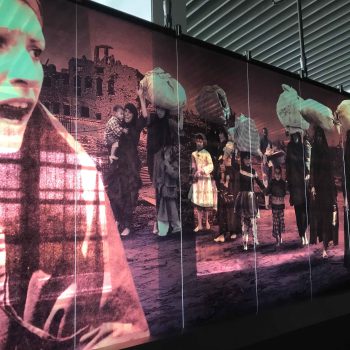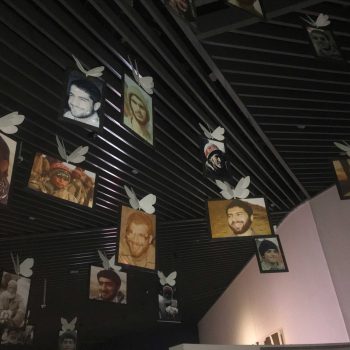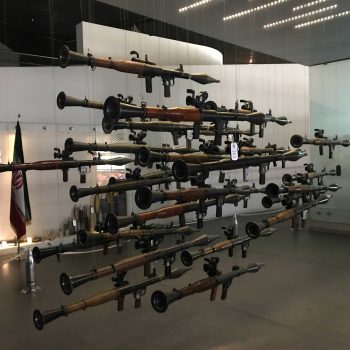National Museum of the Islamic Revolution and Holy Defense
in order to acquaint domestic and foreign audiences, especially the younger generation and future generations, with the culture and values of the Islamic Revolution and Holy Defense, established by the Municipality of Tehran in 2010 with an area of 220,000 square meters. it is The largest museum of Iran and one of the largest in Asia, with modern technologies and devices that display contemporary history of Iran with focus on Iraq-Iran war (1980-1988).
The panorama museum along with other parts of this complex consisting tomb of ‘the Unknown Soldiers’, flag tower, a designed open area with an artificial lake, Khoramshahr Mosque and a library, has been built in Abas-Abad district in a landscape about 21 hectares to be one of the largest museums of Iran.
Each hall of the museum (7 in total) has been dedicated to a specific aspect of the Iran-Iraq’s war through video clips and other medias to portray the long-lasting impacts of the war and some cruel and bitter realities of it. In the entrance, the hall of ‘Butterflies’ is located to welcome visitors by displaying the personal belonging of the victims of the war found on different battlefields.
In addition, as one of the most significant figures of the bravery and also difficulties endured by people and soldiers, a chamber of ‘Holy Defense’ museum showcases a part of 1980’s Khoramshahr. It is a city in southern Iran that was attacked by the Iraqi army at the beginning of the war in 1980. The battle is a symbol of resistance against the Iraqi armed forces. Volunteers came to the city from different areas of the country to fight. The resistance lasted for a month before succumbing to the Iraqi military. Khorramshahr was recaptured by the Iranians two years later.

